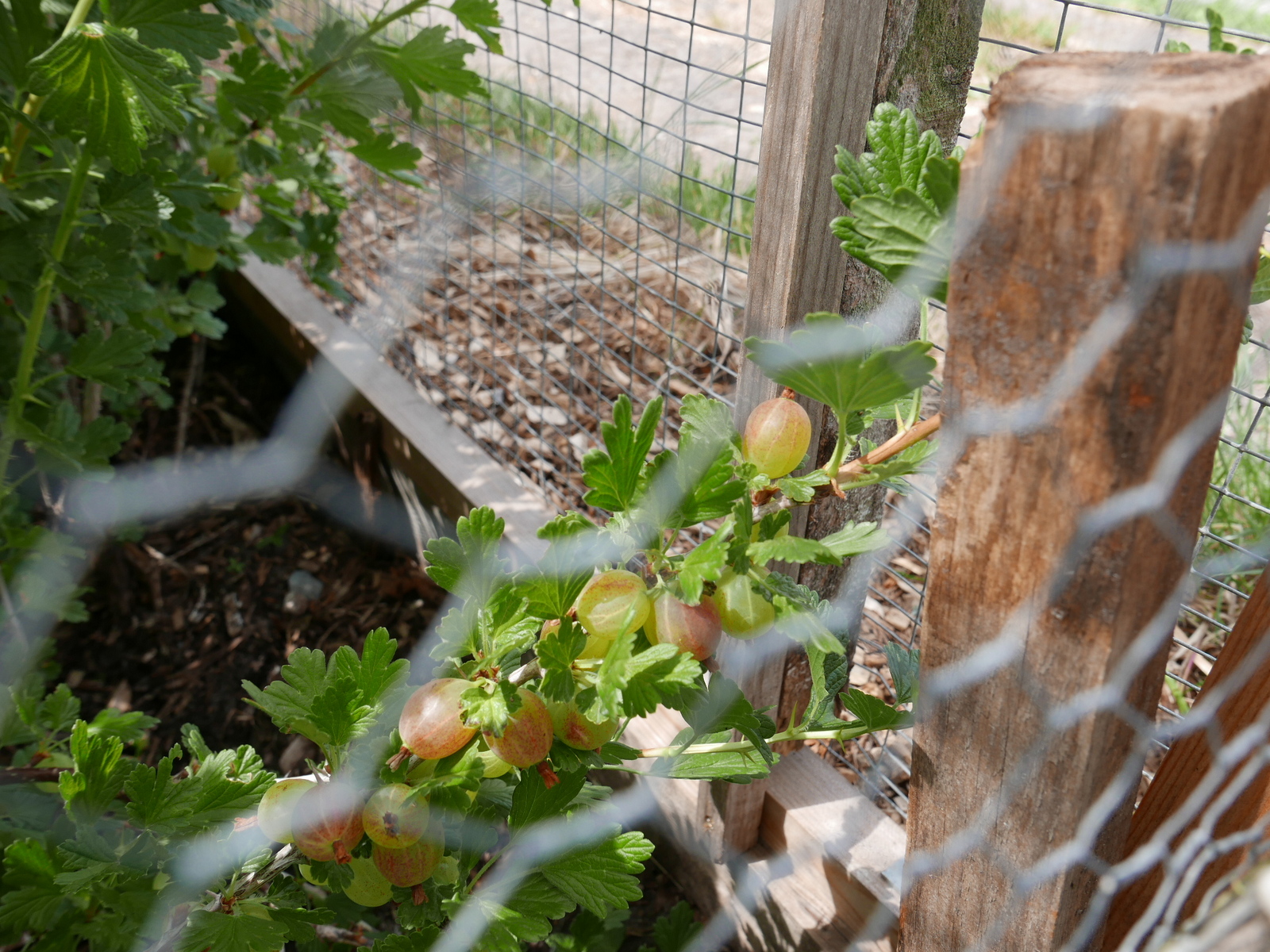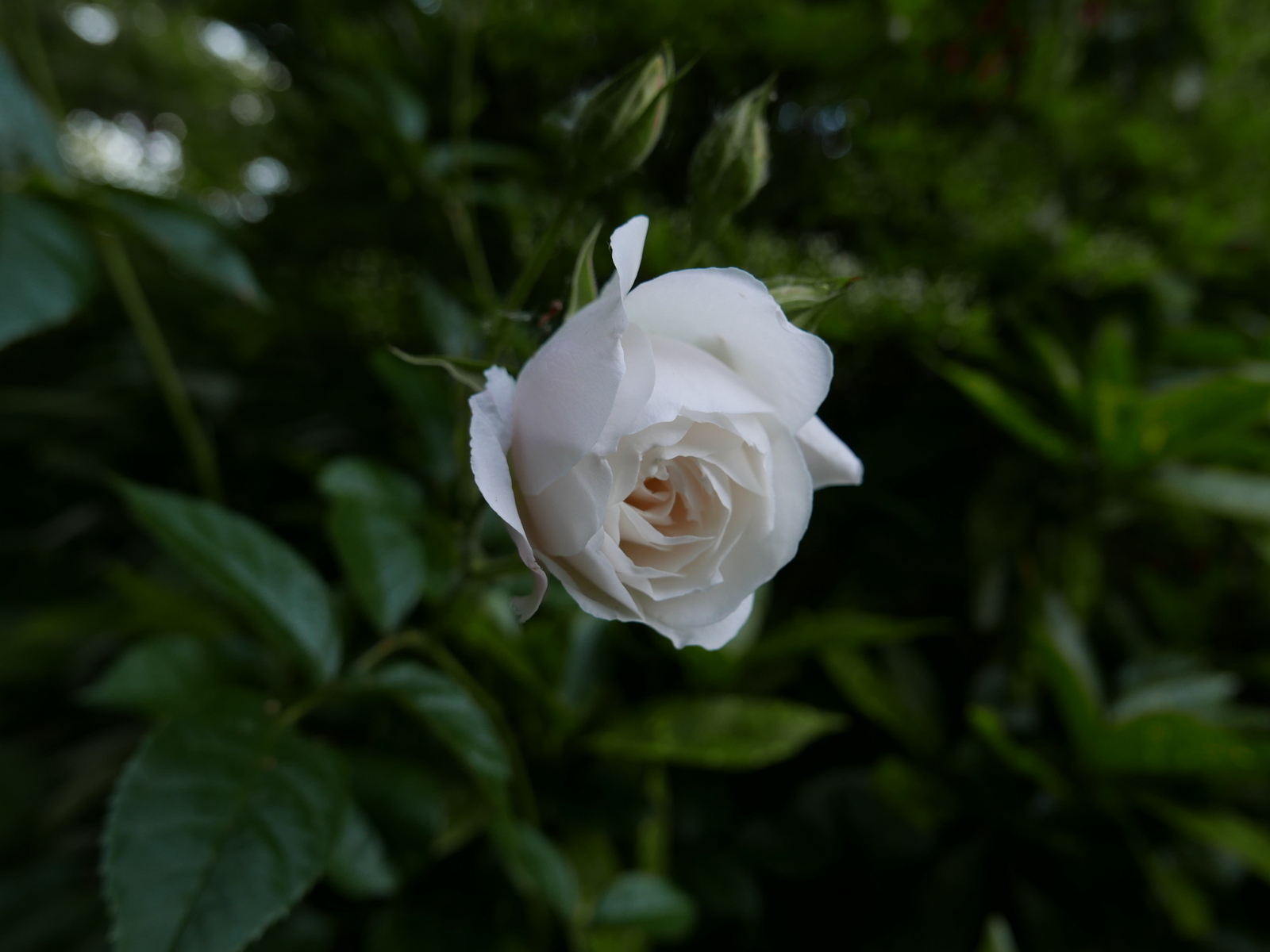
1.tomatoes under the bell and phlox.

2.dahlias in memory of my grandmother

3. Salvia/Common sage.
It is a member of the mint family Lamiaceae and native to the Mediterranean region.

4.

5.- cucumbers under the bell
- dahlias
- thyme
- lovage

6.

7.Thyme

8.Thyme

9.

10.

11.

12. raspberry

13. Three sisters planting: corn, beans, pumpkin.

14. corn, peas.

15.

16. dahlias

17. potatoes, onions

18. blueberry

19. blueberry

20. redcurrant...eaten by birds!

21. blackcurrant

22. blackcurrant

23. potatoes

24. horse manure...not to use horse manure on flowering plants!
Use it on non-flowering corn, potatoes, garlic, and lettuce; but not on tomatoes, peppers, flowers, and such.
If you have a source of fairly fresh manure in volume, consider using it as a hot bed as an alternative, making use of the warmth whilst rotting down.

25. asparagus

26.onions

27. gooseberry

28. beans

29.

30.

31.

32.

33. salad leaves

34. cucumbers under the bell

35. rhubarb, grape

36. figs

37.

38. - Lovage plants (Levisticum officinale) grow like weeds.
The young leaves of this perennial herb are ideal for adding to salads, soups, stews and potato dishes, while blanched shoots can be eaten as a vegetable, and the roots are edible as a cooked vegetable or raw in salads.
The stalks can be candied like angelica, while dried leaves can be used to make a tea.
- grape
- seedlings






















